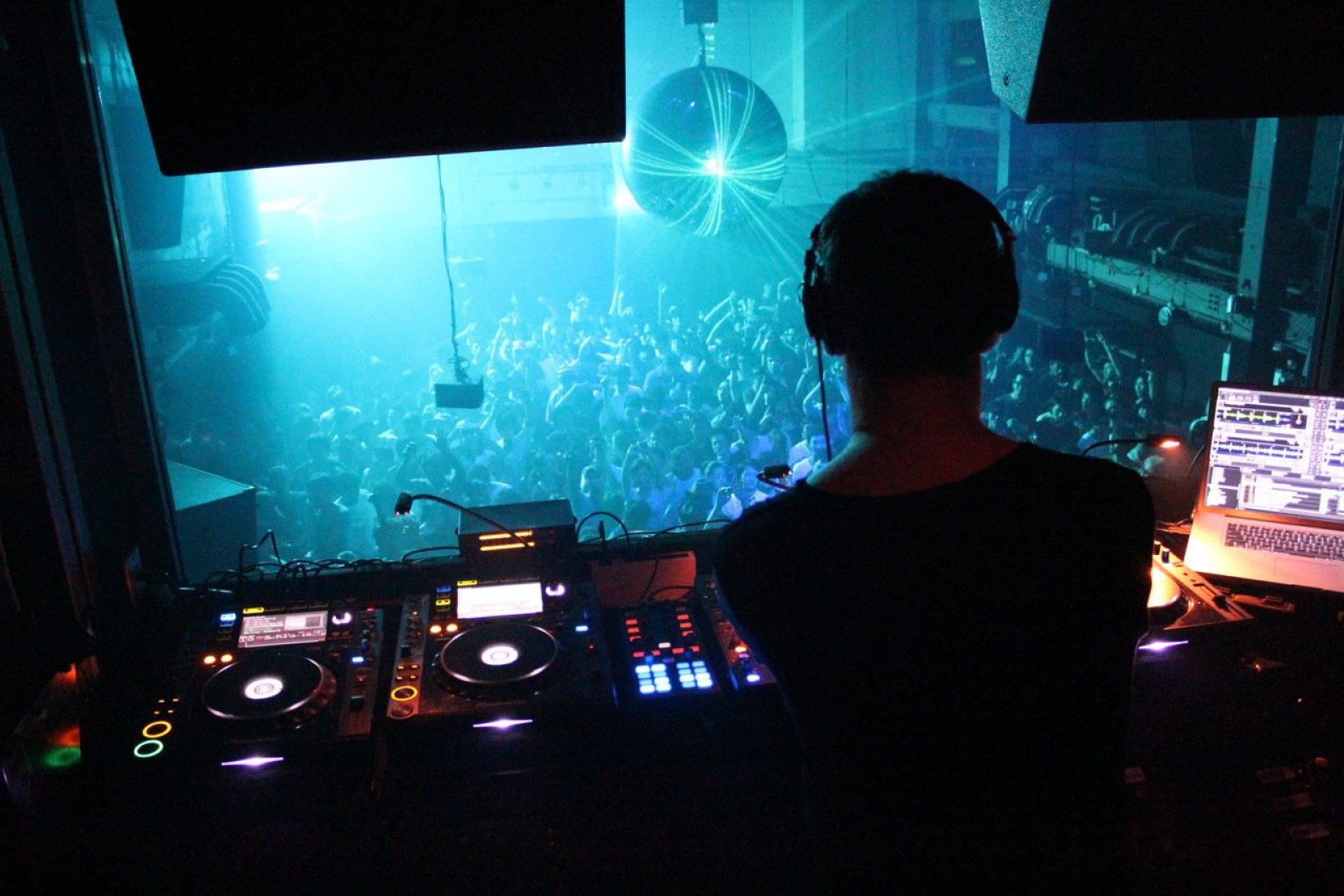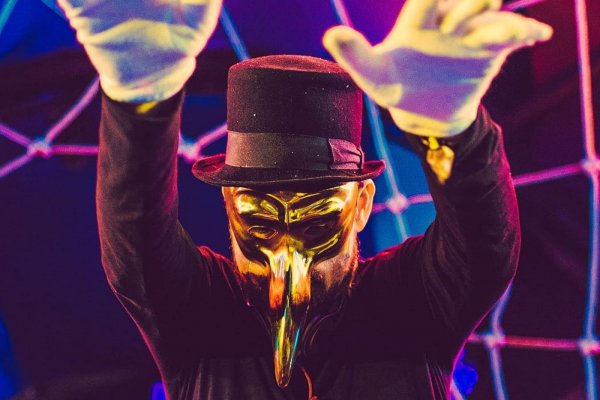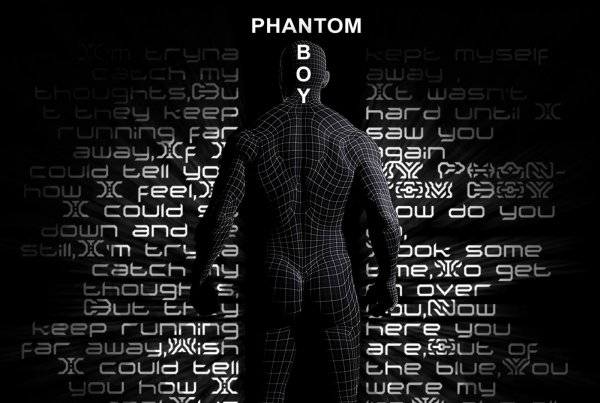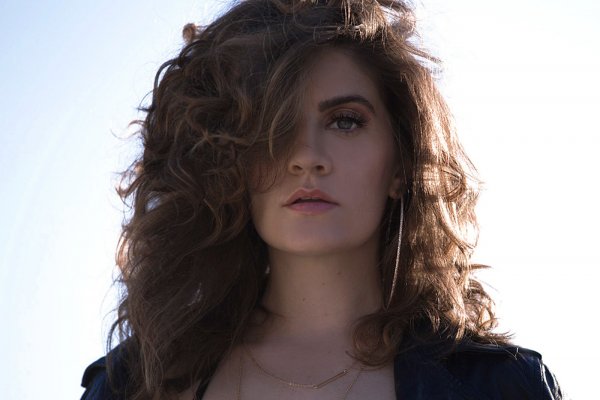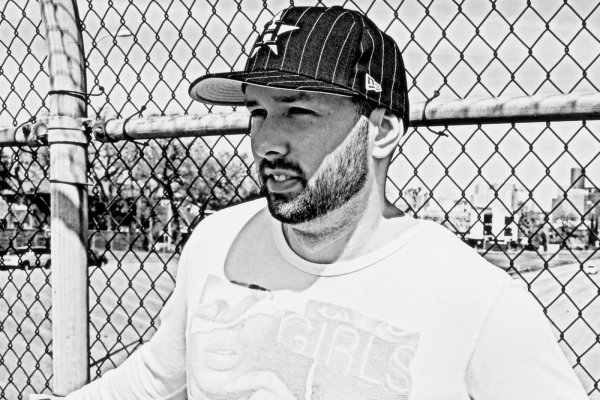When Did Djing Stop Being About The Music?
DJing is older than you might imagine. In fact, the earliest known sound recording was made in 1857 by Edouard-Leon Scott de Martinville, a French printer and bookseller from Paris. However, until Thomas Edison was able to playback the recordings in 1877, these recordings served only to aid research into sound waves and their behaviour. By 1892, Emile Berliner began commercial production of gramophone records, the first disc records to be offered to the public and a mere 50 years after its inception and the first record transmitted by radio broadcast was Handel's Largo from Xerxes.
The term ‘Disc Jockey’ can be traced back to 1935, to an American radio presenter called Walter Winchell, although it is worthy of noting the first DJ was actually 16 year old Ray Newby who began regularly playing records on a small transmitter while a student at Herrold College of Engineering and Wireless in San Jose, California circa 1909. Years later, in his memoirs, he reminisces: “We used popular records at that time, mainly Caruso records, because they were very good and loud; we needed a boost... we started on an experimental basis and then, because this is novel, we stayed on schedule continually without leaving the air at any time from that time on except for a very short time during World War I, when the government required us to remove the antenna... Most of our programming was records, I'll admit, but of course we gave out news as we could obtain it..”

Ray Newby
Towards the end of the second world war, a British DJ called Jimmy Savile pioneered the first dance parties playing jazz records. Later, in 1947, it is claimed he was the first DJ to play music on 2 turntables continuously. During the 1960s, he went on to work for Radio Luxembourg, a pirate radio station located on a boat moored off the British coast. This post war time also created the radio personality and elevated the Disc Jockey from faceless music announcer in to bonafide superstar. Alongside this rise in commercial radio success, club culture, as we know it today, was in its infancy. Beginning, as recorded sound was, in Paris (1947), the first nightclub was called ‘Whiskey a Go-Go’. Interestingly, across the pond in America, and much in the same way as the Mayan civilisation and the Egyptians developed similarly miles apart but unaware of each other, DJs were playing 45rpm rock n roll records for kids at ‘sock hops’ which were school discos of a sort. It wasn’t until 1955 that Bob Casey, a seasoned sock hop DJ, brought a 2 deck sound system to the US, revolutionising the scene.

Jimmy Savile
Fast forward a few decades and large social gatherings called ‘Sound Systems’ began to spring up all over the world, most notably in Jamaica, where promoters quickly learned they could charge admission and sell food and alcohol at what was ostensibly a large street party. The DJ or ‘Selector’ became the focus at these parties which essentially became the blueprint of modern rave culture. And it was this that Jamaican-Born DJ, Kool Herc brought with him to New York and is why he is largely recognised as the father of Hip Hop. From this new music, using the breaks of popular funk jams and MC-ing or rapping lyrics in time with the music came breakdance. Grandmaster DXT explains, “At first the dance was simple: touch your toes, hop, kick out your leg. Then some guy went down, spun around on all fours. Everybody said wow and went home to try to come up with something better….”
As hip hop culture exploded from the ghettos of New York during the latter half of the 1970s, in the dance clubs of Manhattan, the sound was Disco. Spearheaded by pioneering DJs such as Larry Levan, David Mancuso and Francois Kevorkian, Disco took people on magical musical journeys over the course of the night, changing tempo and styles with consummate ease. Much of the modern ethos of DJing was forged in those nightclubs of NYC, and the primary medium for the music at that time was vinyl, although even in those days, some DJs would use reel to reel machines, keyboards and drum machines to enhance their sets - Greg Wilson and Frankie Knuckles being two such exponents.

Francois Kevorkian
It was adding these machines into the mix that transformed the DJ from human jukebox into bona fide entertainer. Dance music culture has built up around that very one premise, that a DJ can affect many others simply from the choices they make in what records they play. Each portion of the night was broken down into parts; warm ups would become slower and more soulful, the peak times more energetic with faster tracks and the warm downs deep, languid and decadent as many in the audience would consider certain stimulants to continue their good time. [NB - It is worth noting that ecstasy was preferred as a relaxer during sunrise, as clubbers would ascend to local rooftops to gaze out into the coming morning.]
Vinyl mixing, with or without added extras, became the mainstay in many clubs around the world for pretty much 20 years until Pioneer, followed by Denon, Numark and others invented the CD deck. Much like the Technics 1210, the Pioneer CDJ would become the industry standard console worldwide due, in no small part, to its user friendliness, durability and sturdiness. As the equipment changed so did the DJ. Scratching and beat juggling which a seasoned professional could do with 2,3 or sometimes even 4 records was put aside for an effects and loops driven style.
Now the DJ had even more control over how they could manipulate a piece of music to sound like they wanted. DJing was slowly becoming an extension of producing to a certain extent, but bucking that trend and coming to the forefront were DJs such as the insanely talented James Zabiela and Eddie Halliwell who could make a CDJ do pretty much anything they could imagine. Their musicality and passion for the music coupled with a reinvigoration for outboard machines like the Korg Kaoss pad and EFX500, ushered in a technically rich tapestry of sound and beats, the likes of which the rest of us found almost impossible to replicate. Up to this point, the music and it’s manipulation were of paramount importance, until, that is, we entered the world of the digital DJ.

James Zabiela
Since the likes of Traktor and Serato became commonplace in the DJ booths of the World, a strange and unsettling thing has occurred: we seem to have lost our way with the art of DJing. Now, before you all chuck your dummies out the pram, Digital DJing itself isn’t at fault, merely the people who choose the lazily sync tracks and just press play. Controllerism, i.e. the manipulation of digital files in a similar way to turntablism became the antithesis and not the norm. In fact, it took many years even for the DMC championships to embrace the new order of DJing and exponents like DJ Craze, a former DMC champ, have even been quoted as saying they will always use turntables despite their flirtation with technology. Maybe for the majority, in the beginning, digital DJing was a step too far… “I like to cut mix and blend as well as whole bunch of other interesting things which I hope will engage the crowd,” says 2020 Records Resident & Event Manager Kag Karumba, “Often now, DJ's play it way too safe, when DJing was built on being experimental. It's a paradox.” I personally think EDM played a role in the unpicking of DJ culture with ridiculously extravagant show budgets and timed pyrotechnics taking precedence over the DJ discovering and playing great music, but these are the times in which we find ourselves and by not adapting, we fail ourselves and our fans.
So who is pushing the boundaries of digital DJ science? For a while there it was Sasha, to an extent. He spent hundreds of pounds on a unique MIDI control console nicknamed ‘The Maven’ and toured for a number of years using Ableton Live exclusively to manipulate, splice and re-edit tracks on-the-fly at gigs. His 2005 Essential Mix for the UK’s BBC Radio One was the first ever to be totally computer-based and divided the industry. Other proponents to this new method include Henry Saiz and Nick Warren to name a few. Nick though, like Sasha and many others, have now opted to return to a more physical medium. Traktor though, reigns supreme and it seems what irked people in the first few years were the crossover points where a digital DJ would spend time during the previous DJs set plugging in wires to the mixer and generally being a bit in the way. Technique and time have mostly rectified these issues.
Now every large organisation has contingency in place to make sure there is very little disruption. However, what we find is that those DJs have fallen into fairly standardised ways of playing, save a few examples - Richie Hawtin, Joris Voorn and Rebekah spring to mind. Controllerism, certainly in mainstream circles, doesn’t even get a look in and of the DJs aligned to it, really only Moldover, the aforementioned DJ Craze and DJ Shiftee are worthy of mentioning and I personally haven’t seen them tour much outside of the US. (I haven’t forgotten Ean Golden by the way, he’s a great DJ but I feel has moved more into other areas of the business now). Lauren Neko, a Sydney-based performer believes there is so much more to come and we’re actually still scratching the surface of the possibilities DJing could have: “DJs are now the rockstars of this generation,” she says with authority, “The role of the DJ has evolved [from] being the person in the background mixing tunes. And I think we will see more blends of musicianship into dance music as the ego and hard nature of music becomes less appealing.”

Max Cooper
Which rather neatly leads me onto where I believe DJing will go in the future - live acts. There’s already a lot of them out there performing at massive festivals in between more traditional DJs and clubs where they play uniquely personal performances as the peak-time act. Take Saytek for example. The London based performer and Cubism boss has been a live act for many years already and firmly believes that his analogue approach to dance music is still finding it’s audience, “I think it's the same to take people on a musical journey and rock the crowd.” He says of the DJ vs Live debate, “The way promotion is done or what it takes to become a professional has changed but the primary purpose has remained the same.” Max Cooper is another artist pushing the boundaries. Speaking to Attack Magazine about his 4-D shows a few years ago, he said: “It all harks back to me wanting some immersive experience. I write music in stereo and am very interested in it, but this is a literally fully immersive sound environment – sounds hang out by your foot, fly by your head, hang in the air and you can walk about in them – the music becomes a physical entity.”
His groundbreaking 4D shows have opened the door to a whole other world of possibilities in sound and as someone who is constantly in a constant state of flux, he is always improving. Taking Max’s idea further, indie dance darlings 2ManyDJs and LCD Soundsystem frontman, James Murphy who developed custom-made speaker systems for their touring shows. Here, of course, is where DJing and dance music culture seems to be heading. Look at any event in the last 5 years and the main focus for them all is the use of set design and the sense of otherworldliness big festivals/club nights what to project. You’ve only got to step into an Awakenings in the Netherlands or Tomorrowland in Belgium; elrow in Spain; Burning Man and Coachella in the US and Burning Seed or Rainbow Serpent in Australia. Fact is, you can’t instagram a dark sweaty basement.

Rainbow Serpent Festival, Australia
Things have come full circle. We want that faux tribal outdoor experience to share with people (whether they want to see it or not). We want that big event as a goal worth saving for; gone are the days of the midweek clubbing rager just because and to hell with the hangover at work next day. The general clubbing public appear to prefer larger-scale events and plenty of them, and DJing has had to develop to accommodate that demand which means the top DJs seem to all play a similar stadium sound from the same handful of better funded labels. And in some instances, those labels are actually hosting the stage themselves and using the platform to push their artists. US-based live artist SHADED believes both DJs and live acts can occupy the same space: “I believe the art form of DJing and the act of curating environments through musical selection will never cease to have its dominant place in electronic music.’ He begins, “I feel the idea of a dance party was always to enjoy the music with like minded individuals, as well as supply a comforting environment to do so. A great DJ set is just this; where people can relax, drink, talk, dance, etc. I feel a 'live act' is more of a 'here and now' type of experience, where you are there for the musical experience, but understand it is a finite moment. A DJ doesn't have to be that. A DJ can play whatever they want to play, wherever they want to play [it], with whomever they want to play [with], no matter what type of music. It has a lot more leeway in delivery and context, thus allowing it to effect a more diverse crowd of listeners.”
It will certainly be interesting to see how DJing develops. Maybe we’ll see a reckoning where everything is returned to zero and DJs are allowed to go back to playing music and blending it with other music continuously, maybe the whole DJ concept will be shelved and everyone will attain to be a producer, maybe we’ll see DJs play tracks telepathically in a super-futuristic silence disco. Who knows. One thing will remain whatever the future holds and that’s the pure unadulterated love of music that true DJs have. That alone will set them apart from the legions of wannabe’s and fly-by-night chancers who clog up the scene now. Guitars are apparently more popular than turntables again, so it seems while DJing had a good run, it’s becoming something of a niche activity again. I’m actually quite happy about that. DJing was never a subject to be taught in school, it’s a vocation, a calling and once the celebrity of dance music subsides and those who remain do so for the right reasons, I believe we’ll see some amazing advances in curation and technique start to take hold.
Music journalist, Acid Ted, DJ and producer, Simon Huxtable lives and breathes his passion every day. Like many of his age, dance music’s arrival was the wake-up call he needed; 80’s Britain was a desperate place and rave music provided a release. Now he is able to put into words what that means to him and how much dance music saved his life. S.H. Twitter
